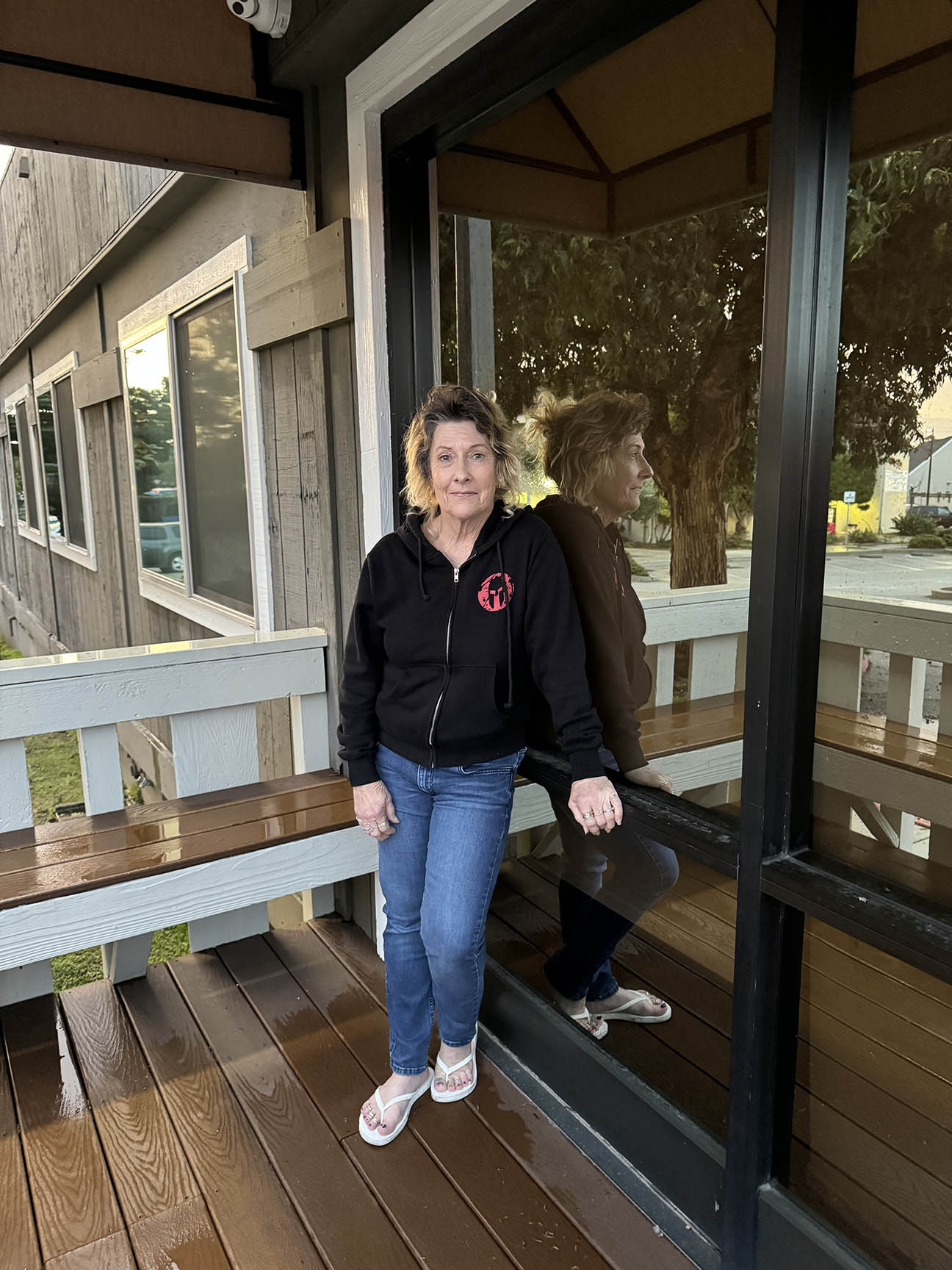| YOUNG VOICES
By Isaac González Díaz
Central Coast resident Barbara Gunn lost long-term employment and her home in one fell swoop. That was more than six months ago, and since then, she’s had no options but to live in Monterey County shelters.
The experience has not been pleasant.
“Some of the people (in the shelters) are on drugs, some of them are mentally ill. It’s very difficult with certain personalities. Some of the staff and management can be very abusive,” she said.
There are several types of shelters: emergency ones for victims of domestic violence; overnight shelters where people only go to eat and sleep, and those that offer transitional housing to help people get off the streets. At a transitional housing shelter, guests are offered housing for a limited amount of time, as well as financial assistance with first, last, and deposit, and navigation services so people can find jobs or other types of assistance.
In Gunn’s case, she spent six months at a transitional housing shelter, but she did not receive assistance to get permanent housing. Another huge challenge in the area is that there’s not enough affordable housing.
“There is not enough and it takes too long. And windows are open and then closed for signing up for things,” Gunn said. “There seems to be more help when you are at a shelter to get (assistance).”
Right now, she lives at La Casa de Noche Buena in Seaside. “This place is beautiful and there are people very decent and they treat us very well and the rooms are nice,” Gunn said.
Gunn’s story is becoming ever more common. The number of unhoused people in California grew by 5.8% from 2022 to 2023, making it the state with the largest number of homeless people in the nation at 181,399. California also has the most unsheltered homeless people in the country – those who camp in the streets, live in their cars or occupy spaces not meant for human habitation, according to the U.S. Department of Housing and Urban Development.
"I know they try to house the homeless (but) there are ways to make it better if the right people start doing the right things.” Barbara Gunn, Central Coast resident
Gunn, who is considered homeless but sheltered, is struggling with California’s skyrocketing cost of living. In 2024, the Golden State became third in the nation for the highest cost of living. An analysis by Forbes Advisor found that essential expenditures in California — including housing, taxes, health care, food and transportation — amount to $53,860 per year. The same analysis found that California is the second-most-expensive state to buy a home, with a median home price of $743,362 and with the second-highest thirty-year monthly mortgage payment of $4,442.
Five years ago, Gunn paid $800 for a one-bedroom apartment, she said. Today, the most she could afford is $1,000, and she wished she could find an apartment at that rate. Back when there were not a lot of requirements to rent it used to be easier, she said.
“There were not so many homeless people in California. Every decade is more and more difficult,” Gunn said.
She is not optimistic about housing prospects for people like her.
“It will get worse unless someone comes up with a brilliant idea, and there’s a lot of affordable properties and they can build buildings for people. I know they try to house the homeless (but) there are ways to make it better if the right people start doing the right things.”
One of Gunn’s goals is to save enough to rent an apartment and have a medium-size dog to take care of. And to recover her independence and privacy.
“I see my future in God’s hands. I do not know what my future is but I know who holds my future.”
Enlarge

Photo by Isaac González Díaz.
Have something to say about this story? Send us a letter.